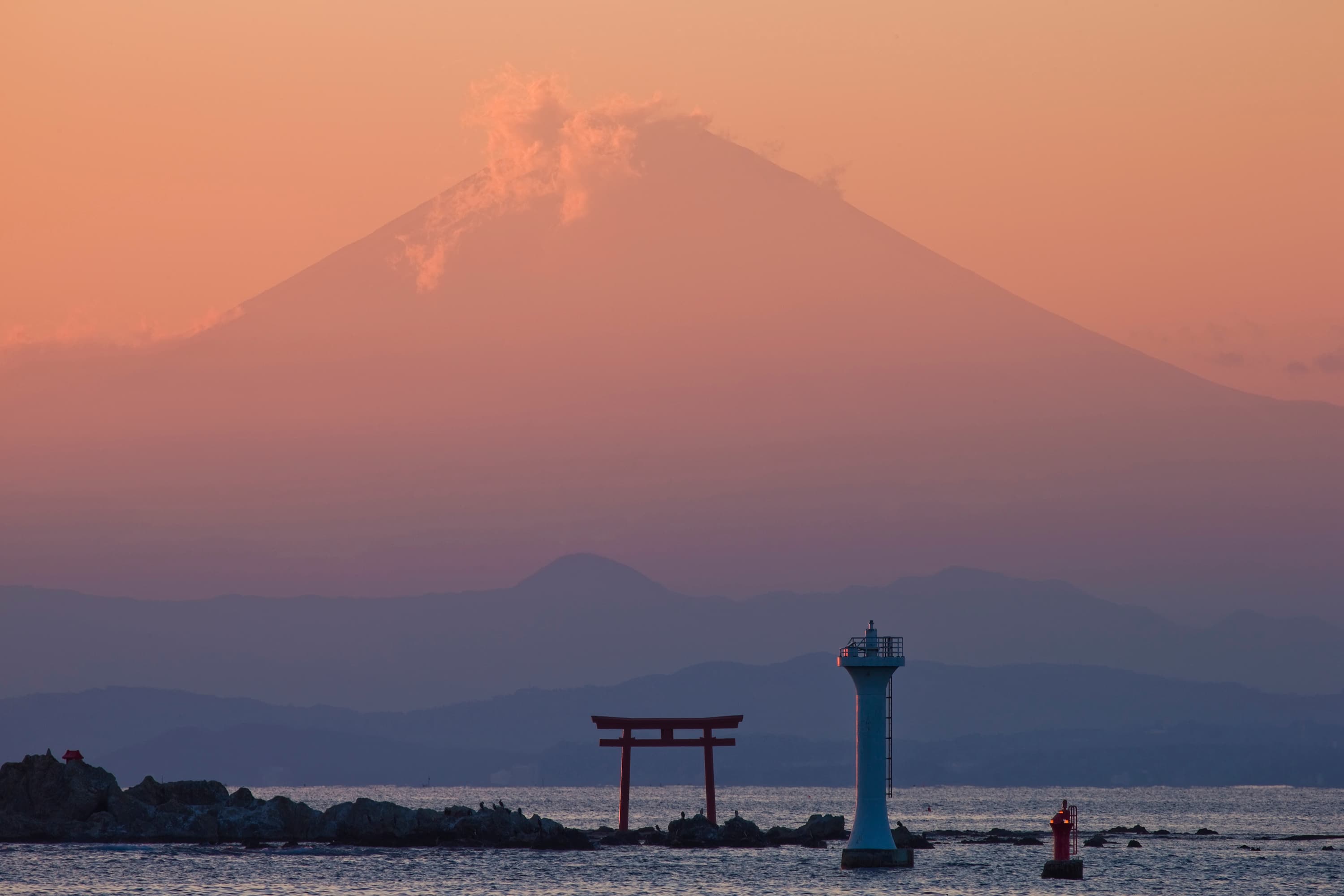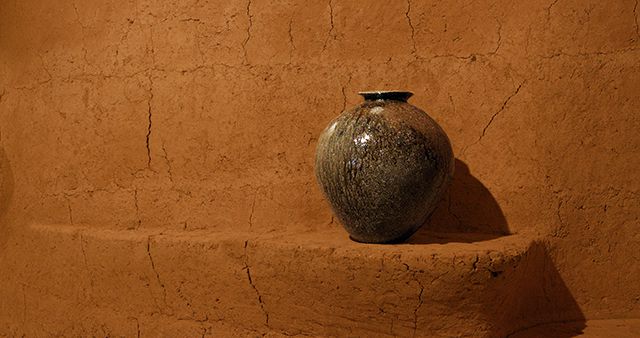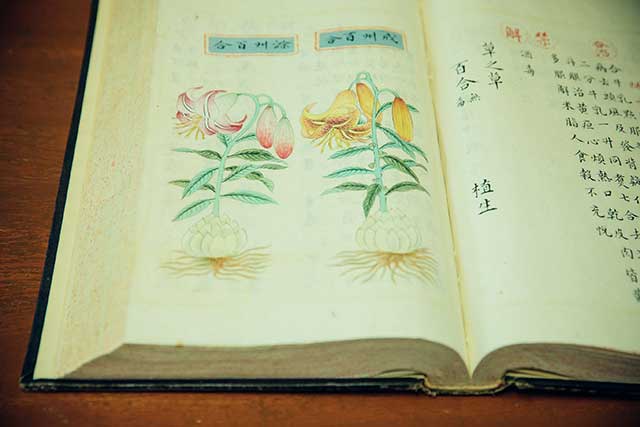Mount Fuji has been a maritime landmark since ancient times.
The mountain is at its most captivating and beautiful when seen from offshore.
Any sailor would agree with this. Long before lighthouses, mountains were the looming landmarks that guided them safely to port—a comforting sign of dry land visible from far offshore. Above all, in the grandeur of its form a mountain conveys, in its way, the symbolic nobility of terra firma, sprawling between sky and sea.
The Moving Sight of Mount Fuji Across the Waves
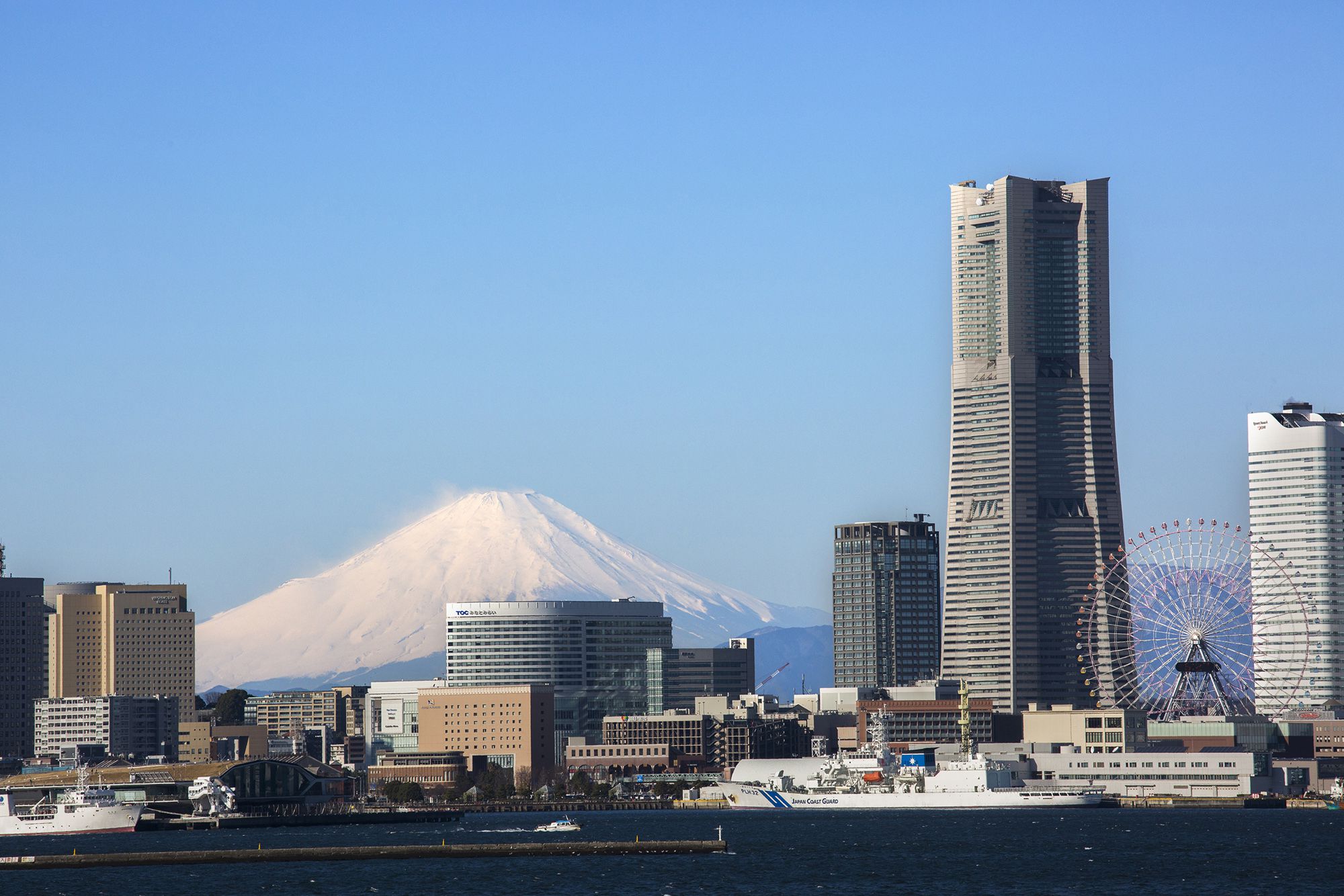

Another beautiful sight: A snow-capped Mount Fuji glimpsed from off the Yokohama coast, from a ferry plying Tokyo Bay.
For those hoping to survey Mount Fuji from the sea, Suruga Bay is the obvious choice.
The Suruga Bay Ferry runs every day from Shimizu Port, the “doorway to the sea,” making it easy to enjoy a cruise past Mount Fuji whenever the urge strikes. Perhaps surprisingly, Mount Fuji is also visible from places as far apart as Yokohama Bay and Kashimanada, meaning that even ferries departing from the Tokyo metropolitan area offer the chance of a glimpse. However, it’s best to choose a boat with a high profile, as the mountain is often hidden behind tall buildings. A clear winter sky is also helpful.
If any further evidence were needed for Japan’s love of Mount Fuji, a visit to a few regional ports would provide it.
Across Japan, there are more than 300 mountains referred to as the Fuji of their area. Most have another face to see when viewed from the waves.
One of the most famous of these “local Fuji” is “Rishiri Fuji,” which can be viewed in all its glory from the Heartland Ferry connecting the islands of Rishiri and Rebun.
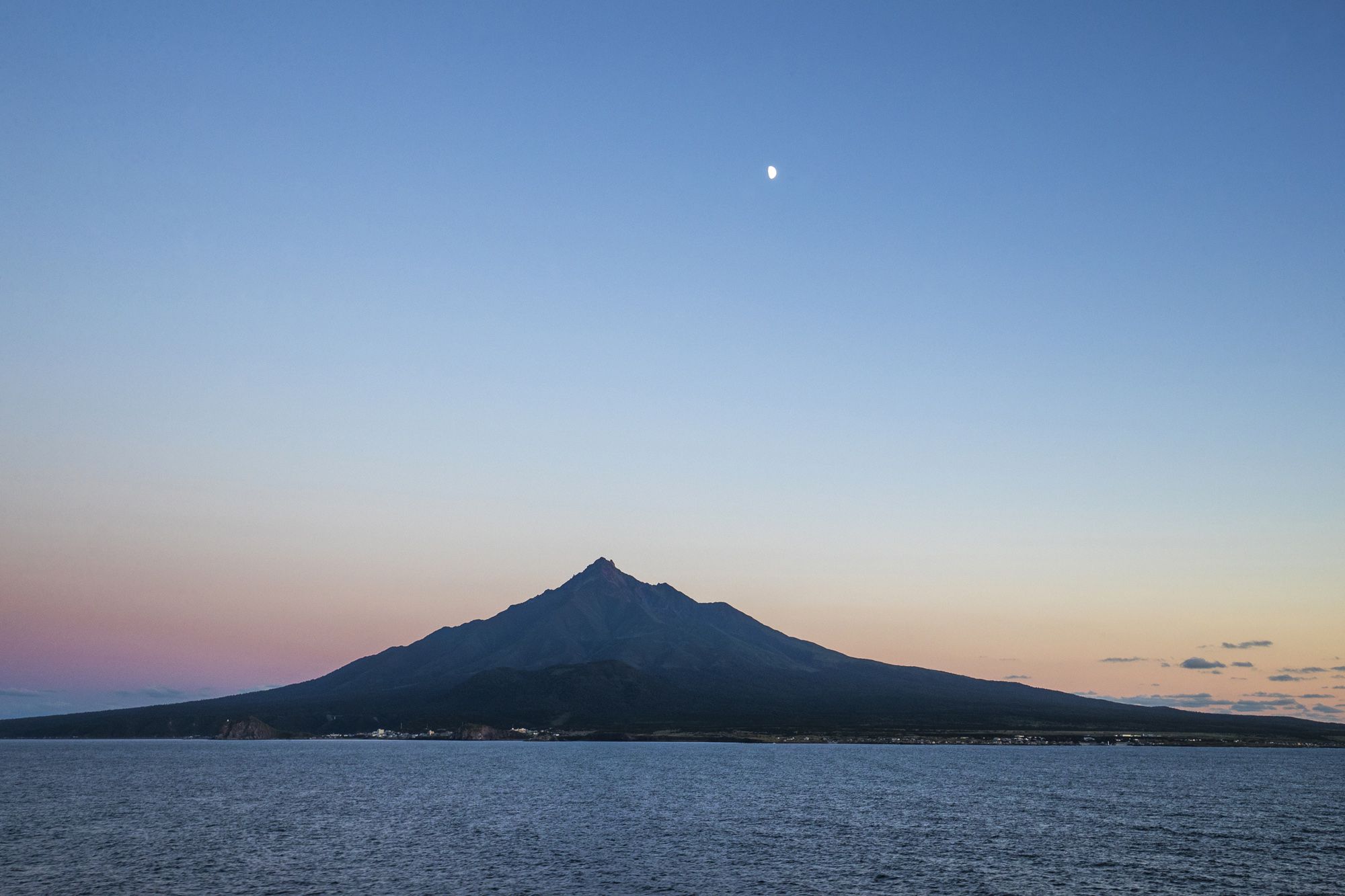

Mount Rishiri, on Rishiri Island in Hokkaido, is also called “Rishiri Fuji.” As a solitary peak surrounded by water, it is often shrouded in cloud. This is a once-in-a-lifetime dawn view of “Rishiri Fuji.”
I first saw Rishiri Fuji almost a decade ago. The peak was hidden by cloud that day, but even without seeing the entire mountain I was deeply moved.
Why? It was the shocking realization that the mountain itself was the island of Rishiri. A mountain rising directly from the sea!
It took five or six more visits, though, before Rishiri Fuji finally revealed its full glory to me against a clear sky. Under a half-moon, bathed in the glow of dawn, its awesome presence was tempered with a delicate, somehow feminine beauty.
Another unforgettable “Local Fuji” was Mount Kaimon in Kagoshima prefecture, far to the south.
Its massive form looms above the sea with no less solemnity than Rishiri’s. If there is a difference, it is that Mount Kaimon does not form an island in its own right. The mountain is connected to Kagoshima proper, and its lowest slopes extend into Ibusuki city.
However, once you learn that it is also called “Satsuma Fuji” (after Satsuma province, an older name of western Kagoshima), you somehow come to see it as a proud symbol of the region.
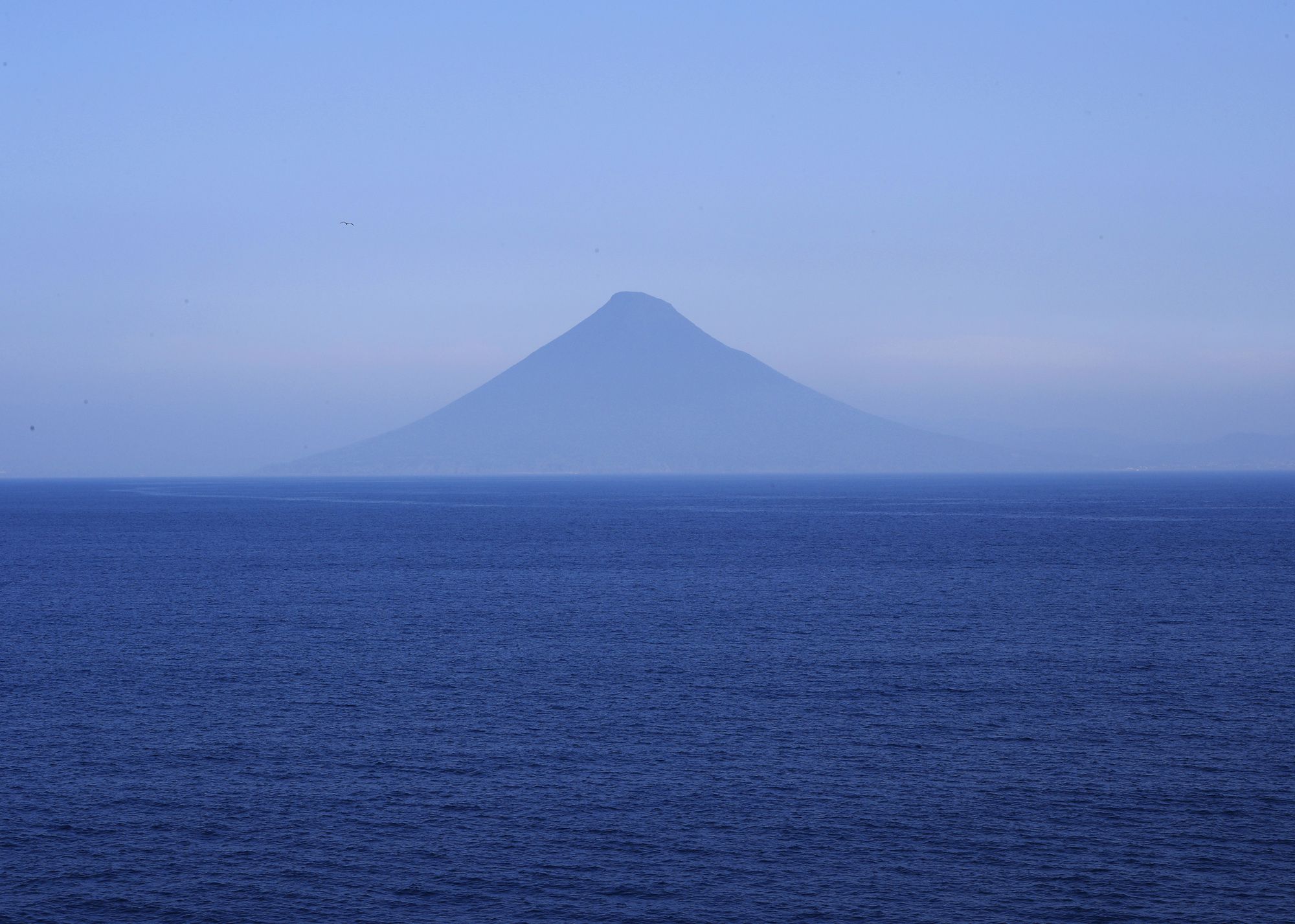

Mount Kaimon in Ibusuki, Kagoshima. The name “Satsuma Fuji” comes partly from its conical shape.
“Satsuma Fuji” stands right where the channel to Kagoshima Bay narrows—in other words, the entrance to the strait. When its peak comes over the horizon, you know that Kagoshima Bay isn’t far.
Beyond it lies the island of Sakurajima, formed by a still-active volcano and home to Kinko Port. This means that the channel to Kagoshima Bay is an opportunity to view not one but two famous mountains from the sea.
Perhaps for this reason, the area is busy, crisscrossed by ferries going to and from Naha in Okinawa as well as other southern islands like Amami Oshima, Yakushima, Iriomote, and Kikaijima.
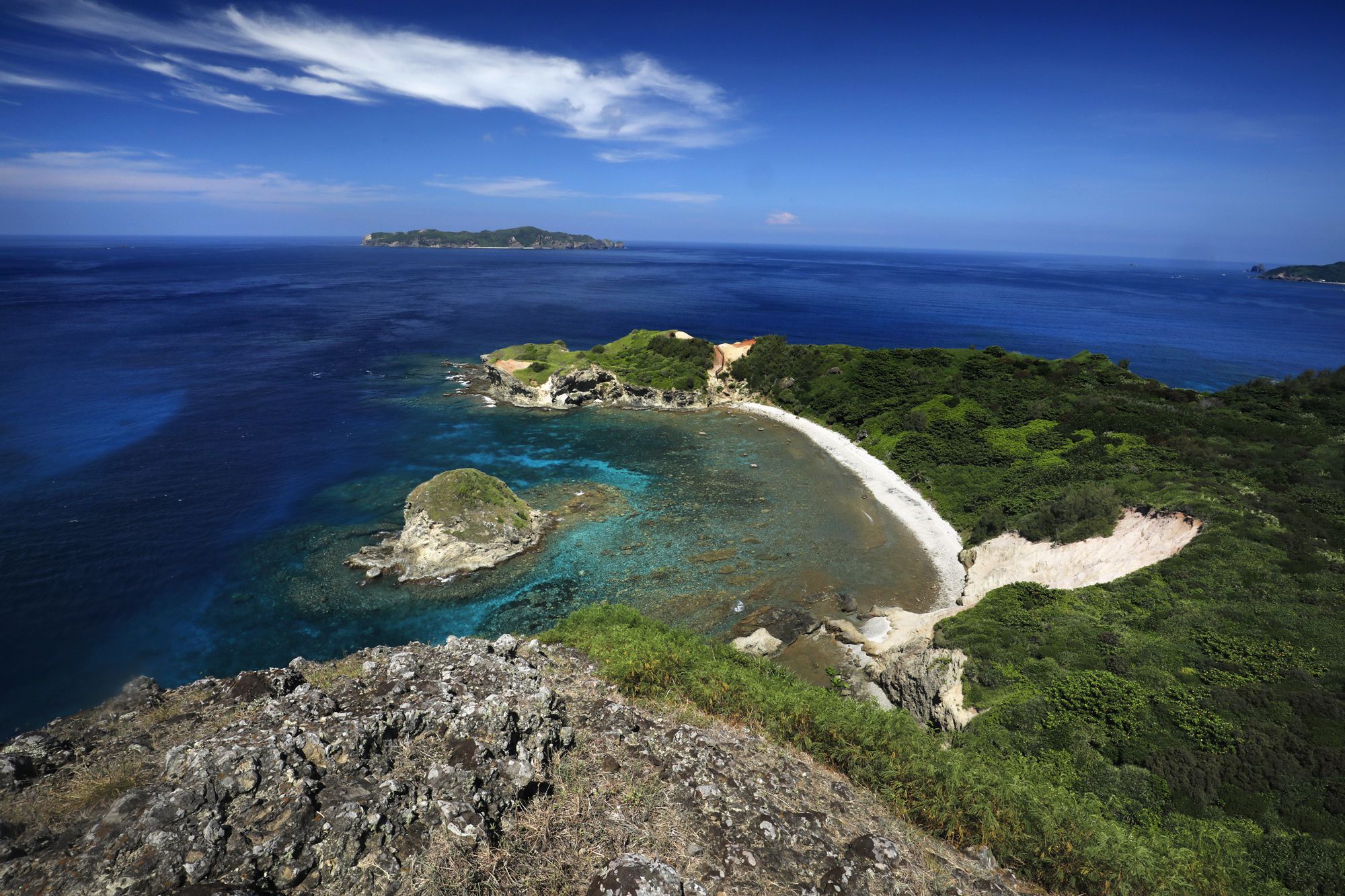

Hahajima’s “Little Fuji” stands at the southernmost end of Japan. The top of this local Fuji overlooks the southern cape.
A thousand kilometers or so south of Kagoshima lies the island of Hahajima, part of the Ogasawara Archipelago (also known as the Bonin Islands). Hahajima is home to Japan’s southernmost local Fuji: “Kofuji,” literally “Little Fuji,” a rounded peak on the island’s southern cape.
I’ve seen many other local Fujis in my travels by boat: Hachijo Fuji, Shodoshima Fuji, and Yonaguni Fuji, to name just a few. But the three I’ve described in this article were the ones whose beauty stayed with me most.
Setting out to view a local Fuji from offshore makes an excellent motivation to travel. Just as the mountains themselves guided sailors since the distant past, these unforgettable experiences might set you on a new course in life too.
Kazashito Nakamura, Travel Photographer
As well as taking a cruise every month for over ten years, has gone shooting on ten ships inside and outside Japan. Has traveled around the world by ship and visited 80 countries. Published photography collections include One Ocean (Cruise Traveller Books), collecting photographs of ocean miracles from journeys amounting to a triple circumnavigation of the globe, and All About Ogasawara (Ogasawara no subete, JTB Publishing), a look at the eponymous ocean travel destination. With the cooperation of Canon, the associated exhibition was shown across Japan, in the Ginza, Nagoya, and Osaka Canon Galleries, Sendai Mediatheque, Takasaki Takashimaya, Seibu
Utsunomiya Department Store, and Mito Keisei Department Store. Has given lectures at Nihonbashi Mitsukoshi, various newspaper halls, and on ships, and periodically runs national photo tours and serves as a judge in photo contests.
